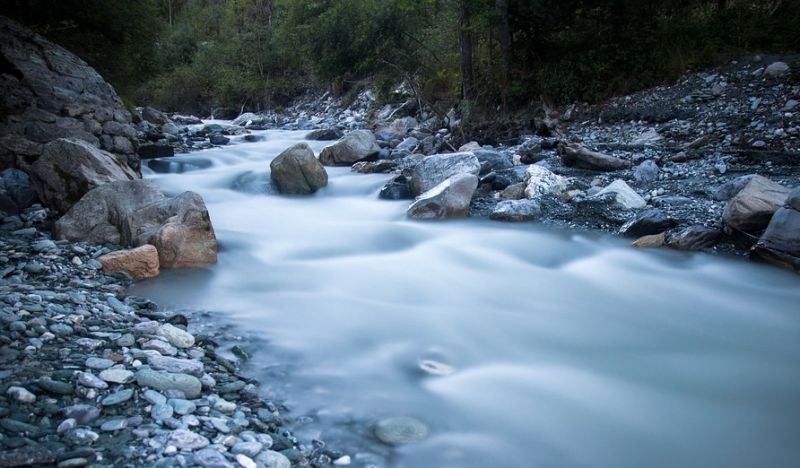Prediction and Estimation of N2O Emissions from Rivers and Streams
Published on by Marina A, Previously Key Account and Content Manager at AquaSPE AG in Academic
New research in the journal Proceedings of the National Academy of Sciences is about the newly developed tool for prediction and estimation of nitrous oxide emissions from rivers and streams.
 Nitrous oxide occurs in the atmosphere is small amounts, but has recently been found to be thinning the stratospheric ozone and has a global warming potential as a greenhouse gas.
Nitrous oxide occurs in the atmosphere is small amounts, but has recently been found to be thinning the stratospheric ozone and has a global warming potential as a greenhouse gas.
It has 298 times the atmospheric heat-trapping ability of carbon dioxide but its concentration is much smaller than that of CO2.
Estimations show that only 30% of N2O in the atmosphere is a produced by humans.
Most of the N2O is produced by microorganisms (bacteria and fungi) in soil and water bodies.
Soils emit 60% of N2O, water bodies 35% and atmospheric chemical reactions (5%).
Since denitrification occurs in rivers and streams, they are sources of N2O.
Denitrification is the biological oxidation of ammonia to nitrites and consequently to nitrates.
Precise measurements of N2O emissions from moving water was very challenging until now, especially at the scale of an entire rivers system.
This tool uses simple metrics such as stream size, land use and land cover of adjacent landscape, biome type and varying climatic conditions.
Changing the use of land (e.g. converting wetlands to an agricultural area) has increased the delivery of bioavailable nitrogen from soil to rivers and streams, where some of it is converted into N2O by microbes.
The scientists proved, based on globally collected data and regional measurements, that N2O emissions are directly dependent on river size and the production of N2O shifts as the water moves.
The model which makes calculations for changing parameters such as water temperature, changes in land use and the influence of climate change on emission outcomes.
This model will help predict the effects of human activity on the production of N2O.
Media
Taxonomy
- River Studies
- Environment
- Greenhouse Gases
- 3D Modelling